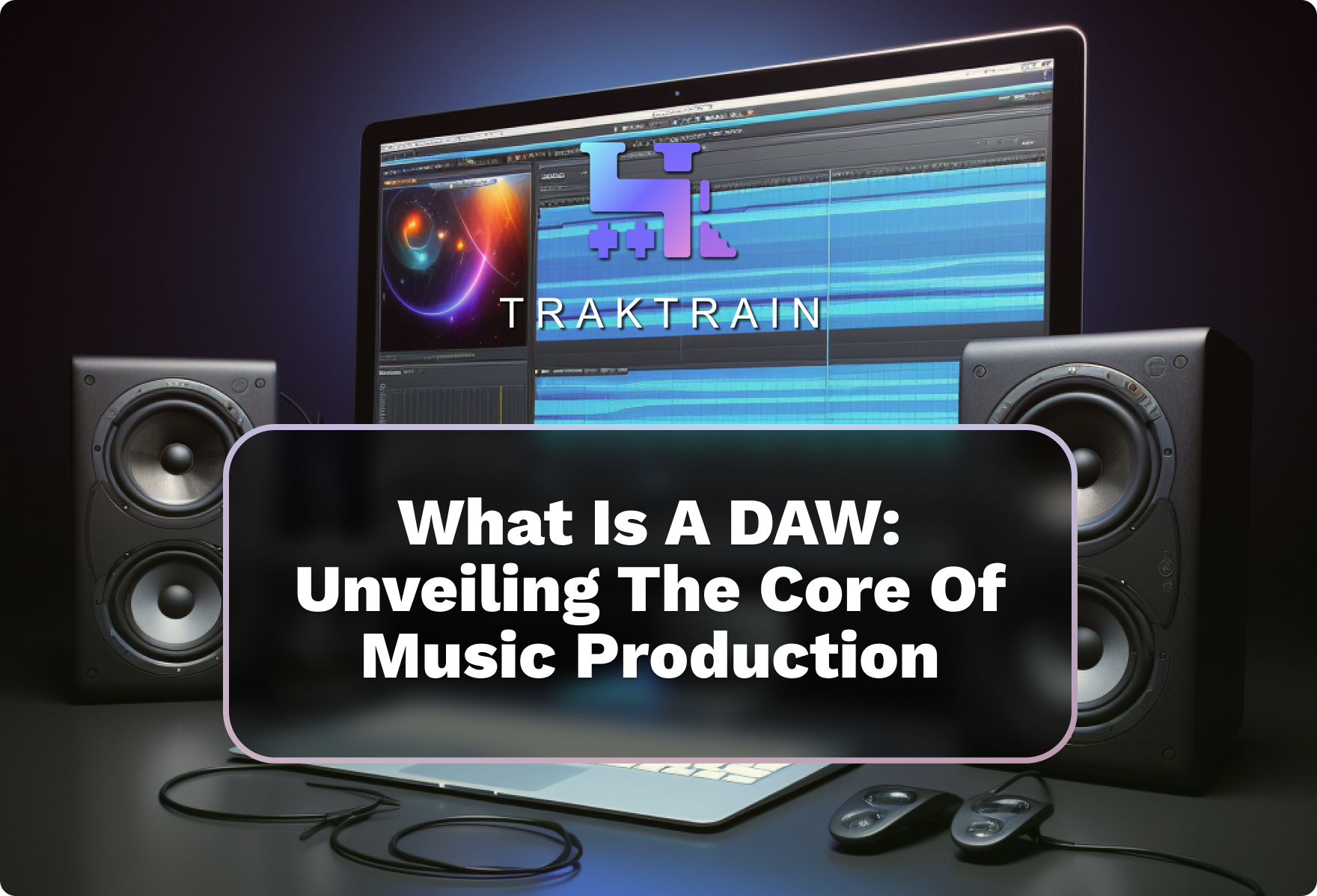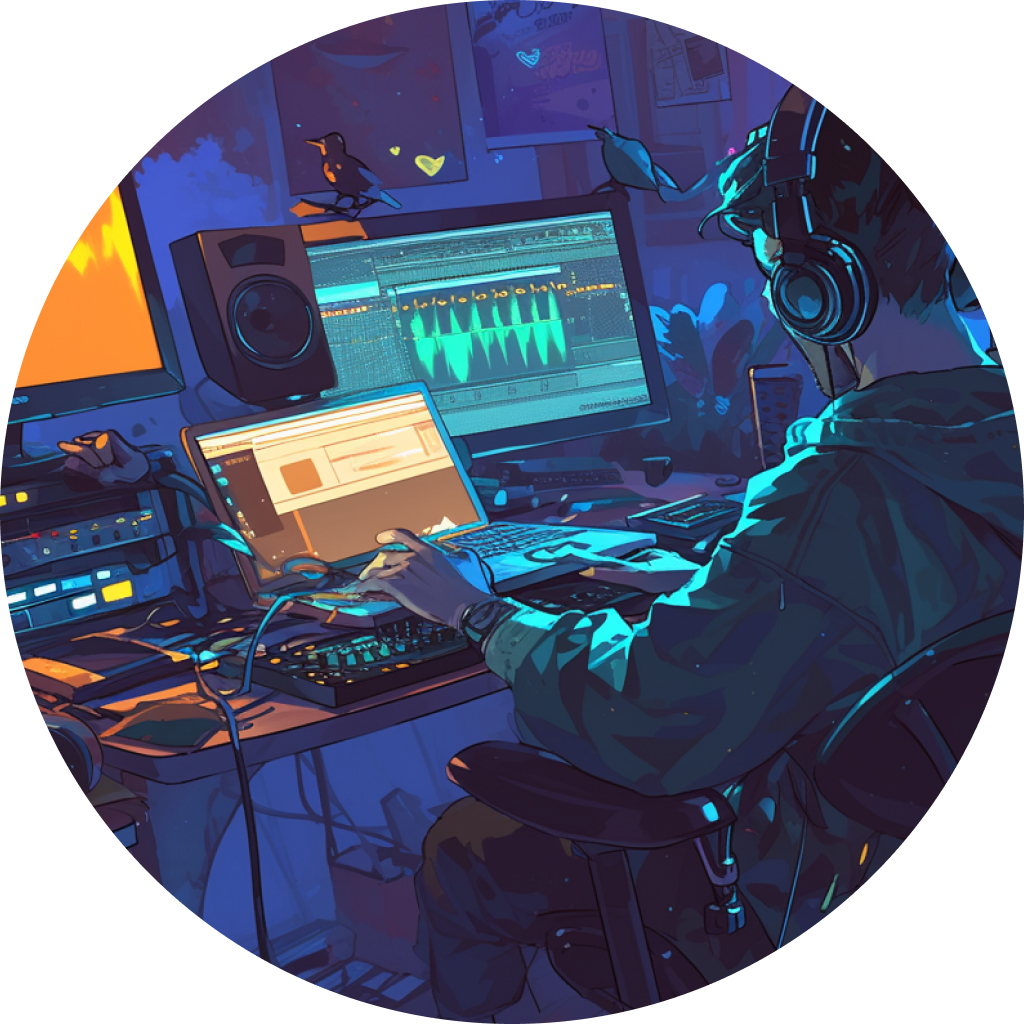
What Is A DAW: Unveiling the Core of Music Production
In the realm of music production, the term DAW is ubiquitous, but what exactly does it stand for? DAW, or Digital Audio Workstation, is the cornerstone software for musicians, producers, and sound engineers alike. It’s where creativity meets technology, allowing for the recording, editing, mixing, and mastering of music tracks digitally. With a DAW, the possibilities of music creation are virtually limitless, revolutionizing how music is produced, from bedroom studios to professional recording facilities.
Digital Audio Workstations (DAWs) have transformed the landscape of music production, making it accessible for anyone with a computer to create professional-quality music. But what sets DAWs apart in the music production world, and how have they become so pivotal in the creation process?
The Purpose and Power of a DAW: Core Features
A DAW is more than just software; it’s a comprehensive music production environment. It allows you to record live instruments and vocals, program MIDI, arrange and edit your recordings, apply effects, and mix and master your projects to a professional standard. Essentially, it transforms your computer into a complete recording studio. Beyond its core functions, a DAW can host virtual instruments and effects, offering a vast palette of sounds and textures. From composing orchestral pieces to producing cutting-edge electronic music, a DAW empowers you to realize your musical visions. At its heart, a DAW is a sophisticated piece of software that allows you to:
- Record: Capture vocals and live instruments, laying down multiple tracks to build up your composition.
- Edit: Manipulate recorded audio or MIDI data, including cutting, moving, and correcting timing.
- Mix: Balance levels, pan audio, and apply EQ and effects to blend your tracks together harmoniously.
- Master: Finalize your track with processing to ensure it sounds great on any playback system.
Why Use a DAW for Music Production?
- Versatility: Whether you’re recording a podcast, producing an electronic track, or scoring for film, a DAW can accommodate a wide range of audio projects.
- Creativity: With an array of virtual instruments and effects, a DAW provides endless possibilities for sound creation and manipulation.
- Workflow: Many DAWs offer customizable interfaces and workflows, allowing you to tailor the software to fit your creative process.
Exploring the Ecosystem Around DAWs
Beyond the DAW itself, a vibrant ecosystem of plugins, samples, and virtual instruments exists to enhance your music production capabilities. Plugins extend the functionality of your DAW, offering specialized effects, advanced synthesizers, and meticulous mixing tools. Meanwhile, sample libraries and virtual instruments can breathe life into your compositions, providing realistic sounds across the musical spectrum.
Integrating Hardware with Your DAW
For many producers, integrating hardware, such as MIDI controllers, synthesizers, and audio interfaces, with their DAW is crucial for a tactile music creation experience. Hardware controllers can give you hands-on control over your DAW’s parameters, making the music production process more intuitive and expressive.
Exploring Popular DAWs
Several DAWs dominate the market, each with unique features catering to different production styles and workflows. Here’s a brief overview of some leading DAWs:
- Ableton Live: Renowned for its intuitive session view, Ableton Live is a favorite among electronic music producers and live performers. It offers powerful sampling tools, MIDI sequencing, and a vast array of effects and instruments;
- FL Studio: With its user-friendly interface and pattern-based sequencing, FL Studio is particularly popular among Hip-Hop and EDM producers. It boasts a comprehensive suite of plugins, virtual instruments, and creative tools for beat making and sound design;
- Logic Pro: Exclusively available on Mac, Logic Pro is known for its sophisticated features, extensive sound library, and robust mixing and mastering tools. It’s a versatile DAW that caters to musicians and producers of all genres;
- Pro Tools: Considered the industry standard in professional recording studios, Pro Tools excels in audio recording and editing. It offers exceptional audio quality, powerful editing capabilities, and advanced mixing workflows;
- Cubase: A pioneer in the DAW landscape, Cubase offers a balanced blend of MIDI sequencing, audio recording, and notation tools. It’s favored by composers, producers, and bands for its comprehensive feature set and flexibility;
- Reaper: Known for its affordability and customizable interface, Reaper is a powerful DAW that caters to both beginners and professionals. It’s praised for its efficient CPU usage and extensive customization options;
- Studio One: Presonus’ Studio One blends a user-friendly interface with powerful features, making it a favorite among songwriters and producers. Its drag-and-drop functionality and robust mastering suite are particularly noteworthy.
Choosing the Right DAW
Selecting the right DAW is a personal decision that depends on your specific needs, workflow preferences, feel of interface design and budget. Many DAWs offer free trials, providing an opportunity to explore their features before committing. It’s also beneficial to consider the community and educational resources available for each DAW, as these can be invaluable for learning and troubleshooting.
A Digital Audio Workstation is an indispensable tool in modern music production, offering an integrated environment for creating, recording, and refining music. Whether you’re a novice exploring music creation or a professional producer, choosing the right DAW is crucial to your workflow and creative expression. Each DAW mentioned has its strengths and appeals to different production needs and styles. Exploring them can help you find the one that resonates with your musical goals and preferences.
Embarking on your music production journey or looking to deepen your understanding of DAWs? Platforms like TRAKTRAIN provide not only a space for selling beats but also valuable resources and community support for music producers at all levels.


